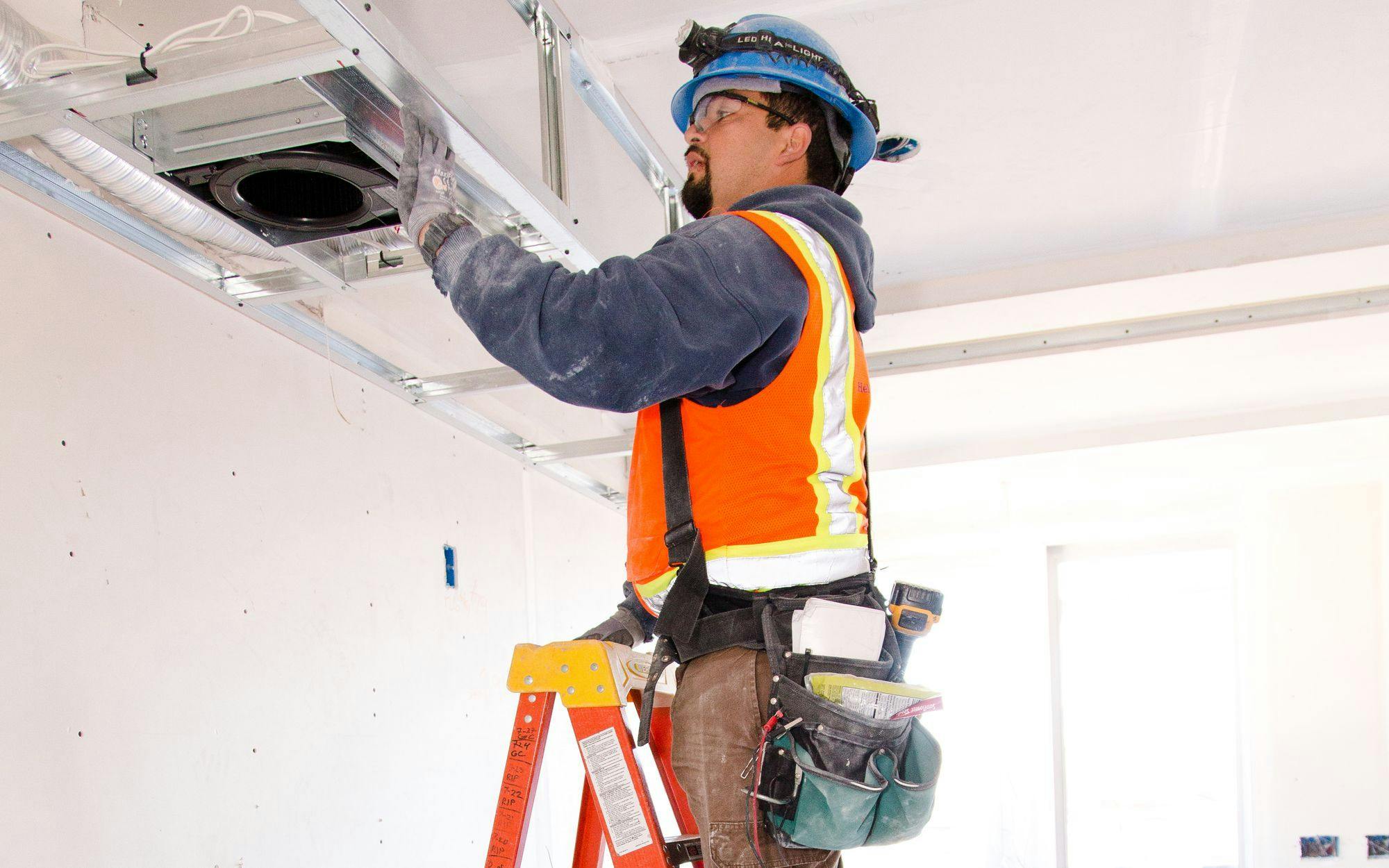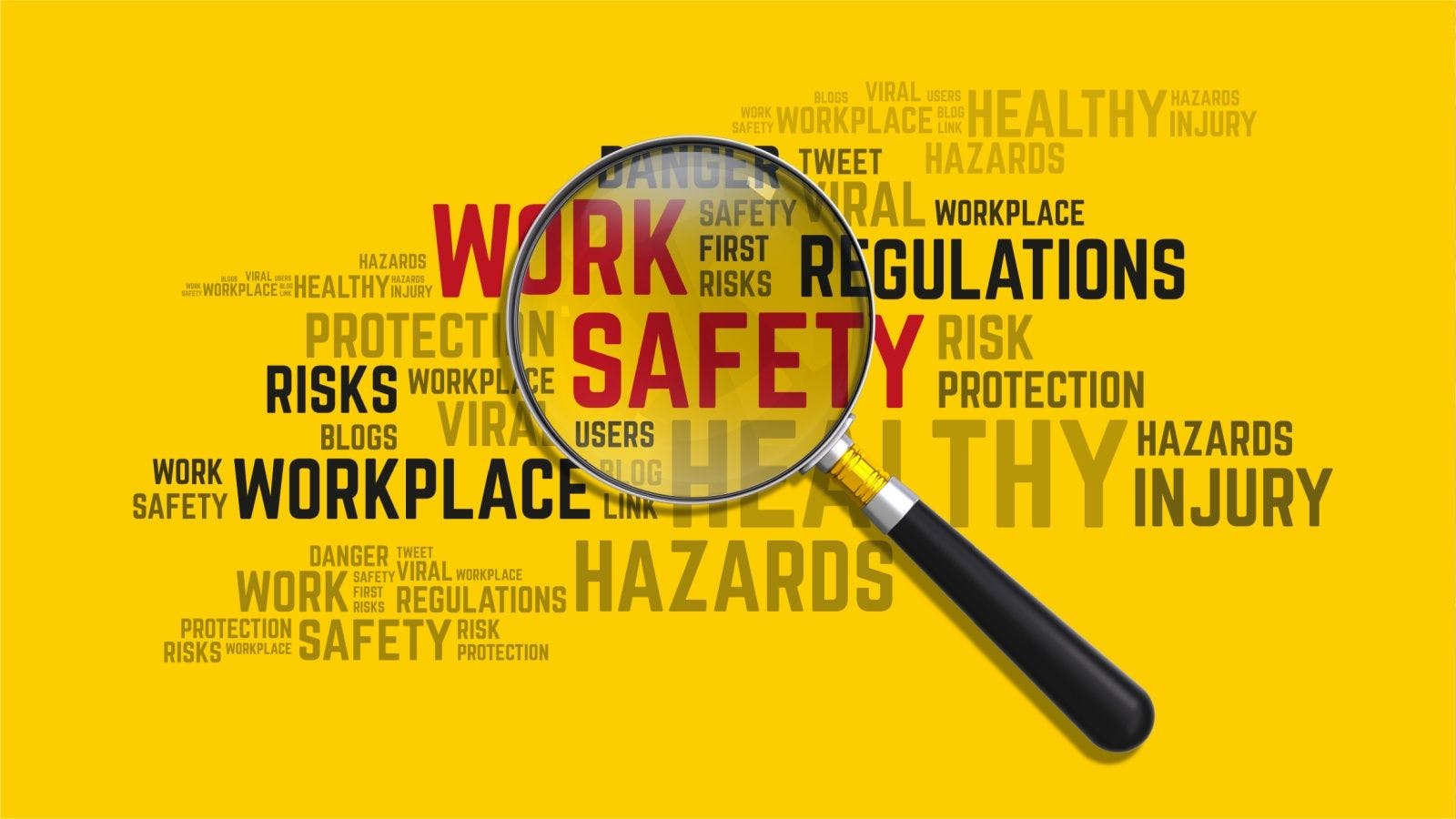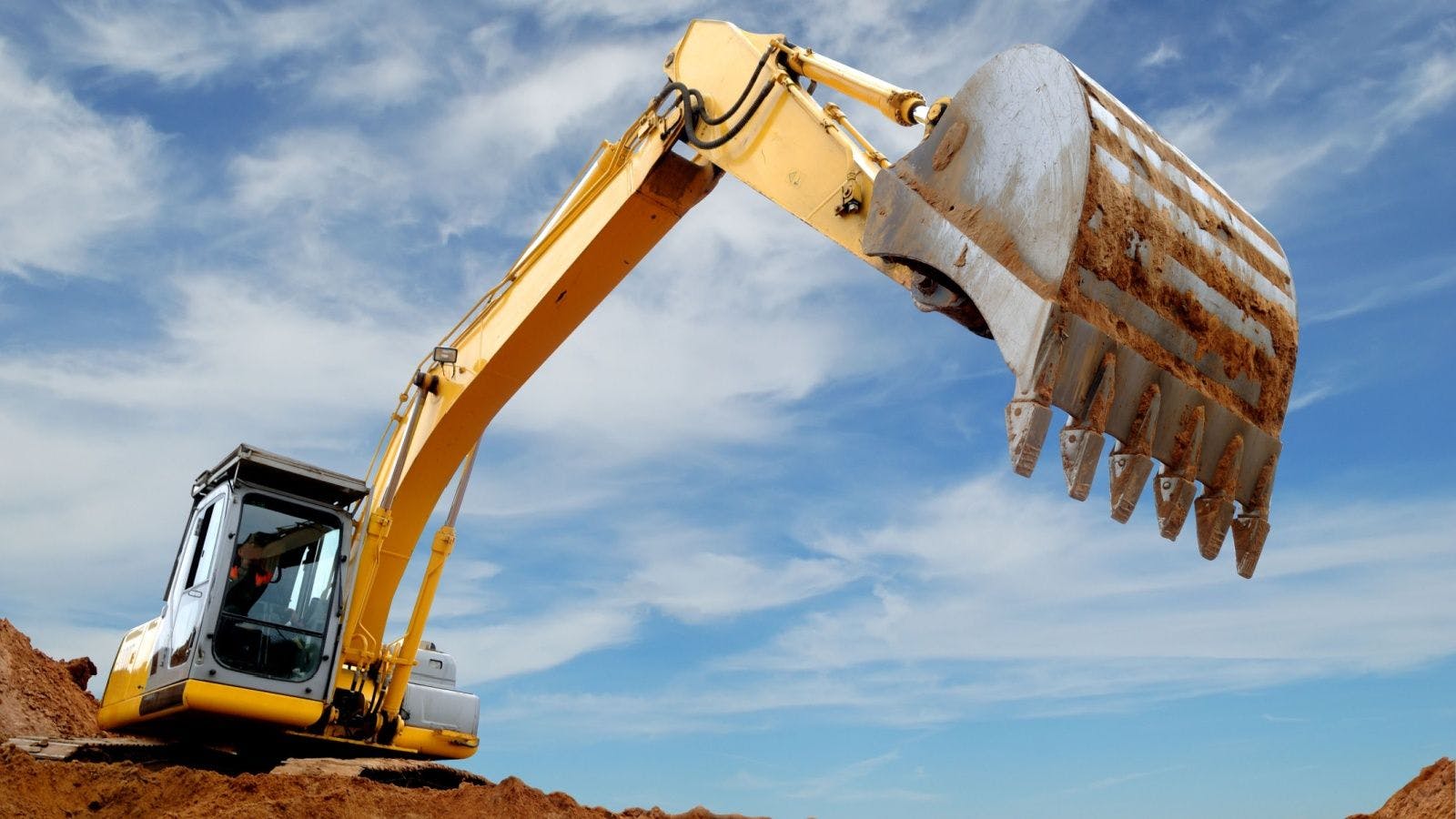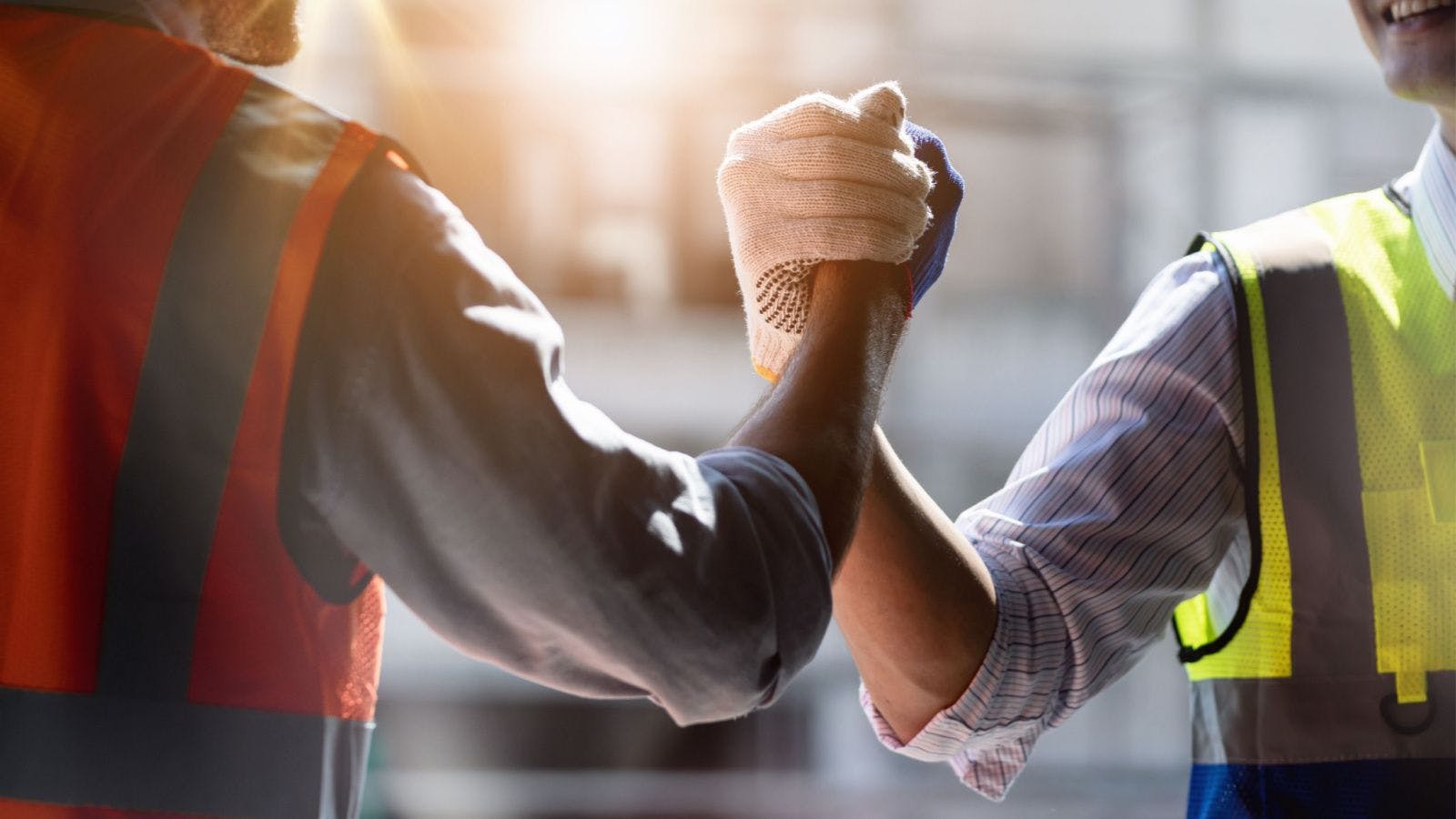
Everything Starts With Safety
Three very different companies have one thing in common: a safety-first culture that permeates the very fabric of the business. This passion translates into teamwork on safety issues, satisfied employees and a thriving business. Recognition as one of Associated Builders and Contractors’ National Safety Excellence Award winners is the cherry on top.
PRACTICING BEHAVIOR-BASED SAFETY
With clients such as Jose Andres’ ThinkFoodGroup, the U.S. Naval Academy, U.S. Supreme Court, National Institutes of Health, Kennedy Center and Smithsonian National Zoo, safety is paramount for Forrester Construction, Rockville, Maryland.
“Everything starts with safety,” says Stephen Houff, president and CEO of the construction management, preconstruction and design-build firm. “We promote a culture that demonstrates our sincere care for each and every individual on our jobsites.”
Forrester achieves its 0.74 EMR, 0 TRIR and 0 DART rate by requiring all project partners to share its safety values. The company begins with preconstruction meetings where all key stakeholders, including the client, design team and subcontractors, discuss project objectives and potential hazards.
Forrester’s safety plan includes:
- daily “wall to wall” inspections to ensure compliance with each project’s site-specific safety plan;
- bi-weekly meetings with owners to review safety data;
- review of current data and initiatives at board meetings and management committee meetings;
- monthly safety committee meetings to review the effectiveness of safety programs and to identify opportunities for improvement;
- activity hazard analysis by subcontractors that detail how work will be performed and any safety hazards it may present for other trades; and
- monthly mock OSHA inspections conducted by an outside consultant.
If issues are identified, work is stopped, the problem is immediately corrected and the subcontractor is given feedback on what went wrong. All this sends the message that safety is the responsibility of all 105 Forrester team members, as well as subcontractors and owners.
“If individuals from any partners do not share our values or refuse to live by our safety plan, they are removed from the project. Every team member, regardless of role, is empowered to remove individuals from jobsites who are not complying with our safety program,” Houff says.
Additionally, workers wear numbered hard hat badges that identify them as authorized personnel who have completed safety orientation.
“Even visitors go through a safety orientation and are not allowed onsite without proper safety gear,” Houff says.
Forrester also participates in Maryland’s Occupational Safety and Health Strategic Partnership for Excellence in Construction Safety program to develop and implement innovative ways to improve worker safety, and then mentor and train other general contractors in the area.
“Our team members are excited to work at Forrester because of our strong safety culture. It enables us to attract professionals who want to be a part of it,” Houff says. “There is no doubt our safety program pays off for the company and its team members, but it is virtually impossible to place a monetary value on it. We do sell our safety program as a differentiator when pursuing new projects, and I often receive feedback from clients on how it positively impacts their decision to award work to us.”
EMBRACE A SAFETY CULTURE, ADAPT TO IT AND THRIVE WITHIN IT
San Diego-based Helix Electric has more than 2,500 employees working at 160 high-density residential, commercial and industrial projects across the country. Its award-winning safety programs have resulted in one of the lowest incident rates in the nation.
Helix Electric stands by its commitment that it will never expose employees to uncontrolled hazards. The firm also recognizes the business value of safety.
“Safety performance is a key success indicator. Contractors with better safety performance plan more effectively, communicate better and generally do a superior job in building a successful project. These are the companies we want to work with,” says Eric Simmons, corporate safety director, who notes that Helix performs 98% of its work as a subcontractor.
On a 2018 project in Hawaii, Helix Electric was supposed to install multiple 4-inch conduits in a trench, but its site team felt the shoring was inadequately designed and improperly installed. Staff elevated the issue to senior management and refused to enter the trench until corrections were made. Senior management supported the site team’s assessment, and the executive vice president instructed the general contractor to remove the work from the scope and issue a deductive change order.
Every month, Helix Electric’s Executive Safety Committee reviews current and ongoing safety concerns and looks at root causes and lessons learned. It assesses open injury claims and how to get employees back to work as quickly as possible. The committee also reviews each operating group’s safety records to see where injuries are occurring and why. All this helps identify the risk associated with different types of projects and project teams, which allows Helix Electric to evaluate what kinds of work it wants to do, who to do it with and where.
Two years ago, Helix Electric realized that for continuous improvement, employees at all levels needed to be actively involved in safety planning and improvement processes. It created safety improvement teams made up of a cross-section of employees in every geographical region who identify the most important new processes or adjustments needed to improve safety throughout the company.
One such process was revising the pre-task plan to improve communication and involvement among employees and supervisors. Field employees embraced it because it gave them an active voice in a peer-created process.
The pre-task plan helps employees identify hazards in their work area and make sure they have the tools, materials and other items needed to complete the job. Employees complete a “mid-shift review” after lunch to ensure the work area is still safe, which helps them refocus. Superintendents review every pre-task plan onsite, provide feedback and sign off.
One of Helix Electric’s biggest challenges is finding qualified employees to meet its rapid geographic expansion. In response, the company streamlined its new hire orientation and offers site-specific orientation, safety training and craft training processes.
Through the Red Stripe Program, employees reporting to a new jobsite receive site-specific orientation and a red hard hat sticker to remind supervisors and coworkers that they may need additional direction and assistance in completing tasks. The red stripes are removed after 30 days during a follow-up orientation meeting that confirms the employee has retained the information from the site orientation process.
Simmons commends Helix’s visible, vocal and active executive team in their support of safety and commitment to do the right thing for employees every day and in every situation.
“Helix Electric is known in the industry for its safety programs, and that has opened doors into new market segments,” he says. “Safety is an investment in our success. As we work toward our goal of being the safest contractor, we continue to reap the rewards of improved morale, increased retention and improved performance. Helix’s commitment to safety has helped attract employees in a challenging labor market.”
KEEPING SAFETY PROMISES
G. Michael Murphy, CEO of Scott, Murphy & Daniel in Bowling Green, Kentucky, is the type of business owner that safety professionals dream of. He cares about his employees and his community, so much so that it’s no question what he’d do if he had to choose between making a profit on a project versus ensuring the safety of his more than 250 associates. It’s not unusual for Murphy to visit jobsites, audit safety performance and assign corrective measures.
“I want to see every team member go home to their loved ones at the end of the day in the same state they arrived at work,” he says. “Our team members are the lifeblood of our organization and it is my responsibility to protect their safety and well-being.”
Eleven years ago, Scott, Murphy & Daniel’s environmental, health and safety director convinced management to purchase new fall protection equipment. A few months later, an employee slipped backward and fell to a concrete slab 40 feet below. Because of his training and fall protection equipment, the employee was not seriously injured.
Murphy told the EHS Director, “From this point on, I will never question any purchase you make that will be used to protect our employees,” and he has kept that promise.
Murphy also has set a goal to one day be recognized worldwide for a solid safety culture; already, the company has saved nearly half a million dollars on insurance and workers’ compensation premiums. That aside, Murphy says “safety is simply good business.”
Significant growth—from $800,000 in sales 20 years ago to $165 million today—has led to demands on employees, but even more challenging is the aging workforce and finding qualified personnel who can safely execute the demands of the job.
“Sixty percent of our employees have been with the company for 15 to 25 years. They say how much it means to them to be working for a company that cares about their safety and the safety of others,” Murphy says—proof that safety pays in many ways.
Processes that help meet the company’s safety vision include stringent drug and physical demands testing for new hires and return-to-duty employees; a site-specific health and safety manual with inspection reports, job hazard analysis forms and specific emergency procedures; and project superintendent evaluations that ensure they are consistently conducting safety orientations and promoting safety participation with all subcontractors.
“Unbelievably, our safety program is managed by one safety director, a full-time field safety manager and myself,” Murphy says. “This passionate trio has built a nationally recognized safety program through training all team members to buy in and accept nothing short of a constant culture of safety.”
Marla McIntyre is a digital editor of CE This Week and ConstructionExec.com. She edited Construction Executive’s Tech Trends and Risk Management eNewsletters and is the author of more than 200 articles and publications, including Construction Executive’s annual technology predictions, Technology & Software Rundown column and an award-winning series for the Risk Management Association. Her extensive construction and risk management background includes stints as executive director the Surety Information Office and American Subcontractors Association of Metro Washington.
Related stories








